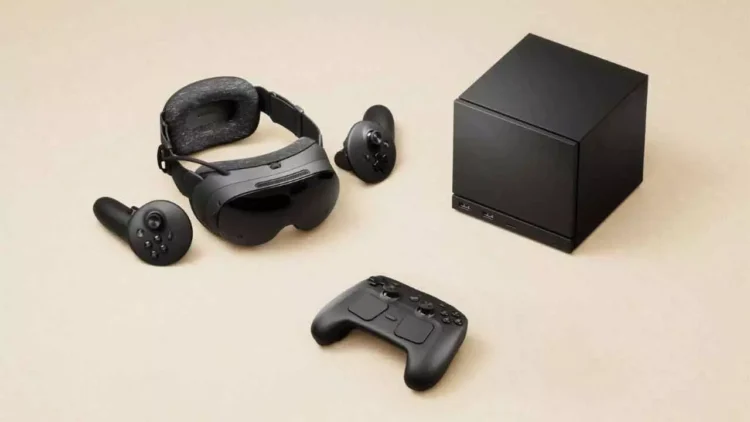Valve, the American gaming giant behind the popular handheld Steam Deck, has officially announced two significant new products: the Steam Machine console and the Steam Frame VR headset, while remaining silent about any potential plans for a Steam Deck 2. These launches, revealed during a recent media briefing, signify Valve’s expansion into both living-room gaming and immersive virtual reality experiences. Along with these new devices, the company also presented an upgraded Steam Controller, indicating a new wave of innovation across its hardware ecosystem. Despite fans eagerly awaiting a successor to the well-loved handheld, Valve confirmed that a second-generation Steam Deck is not currently on its immediate agenda.
Responding to the speculation, Pierre-Loup Griffais, a Valve software engineer, stated, “Steam Deck is not what we’re here to talk about today. It’s sort of related but not really.” Hardware engineer Steve Cardinali reassured users of the company’s ongoing commitment to enhancing the handheld line, explaining, “We’re always thinking about Steam Deck and ways to improve it in the future.” However, he also mentioned that the new TMR joysticks—which promise improved resistance to drift—will not be available as drop-in upgrades for the original model, and it remains uncertain if they will be included in any future version. According to company representative Lawrence Yang, Valve’s choice to postpone the Steam Deck 2 is strategic rather than cautious.
“We really do want to wait for a generational leap in compute without sacrificing battery life before we ship the real second generation of Steam Deck,” Yang stated. Meanwhile, Valve’s competitors are making strides in the handheld gaming market. For example, Microsoft has recently integrated the Xbox full-screen experience with the Asus ROG Xbox Ally series and plans to extend the platform to more devices soon. At the core of Valve’s new product lineup is the Steam Machine, a cube-shaped console designed to compete with the PlayStation 5 and Xbox Series X/S. This compact yet powerful 6-inch device operates on Linux-based SteamOS and is powered by a semi-custom AMD Zen 4 CPU and RDNA 3 GPU.
Valve claims that the Steam Machine can deliver 4K gaming at 60 FPS with ray tracing, asserting that it is six times more powerful than the Steam Deck and could rival Sony’s PS5 in raw performance. In addition to the console, Valve introduced the Steam Frame, an advanced VR headset equipped with an ARM processor that allows for local emulation of select Windows games. It can also stream games directly from a PC using a 6GHz wireless dongle, which the company asserts provides low latency and high bandwidth for an enhanced experience. Rounding out the announcement was the second-generation Steam Controller, which now features dual joysticks and a more ergonomic design.
The controller will be compatible with any Steam-enabled device, including the new Steam Machine. While pricing details for the new products are still unconfirmed, estimates suggest that the Steam Machine may retail between $800 and $1,000, while the Steam Frame VR headset could be priced around $1,000. Valve’s next major hardware initiative is set to launch in Spring 2026, marking an exciting new chapter for both PC and console gamers.
